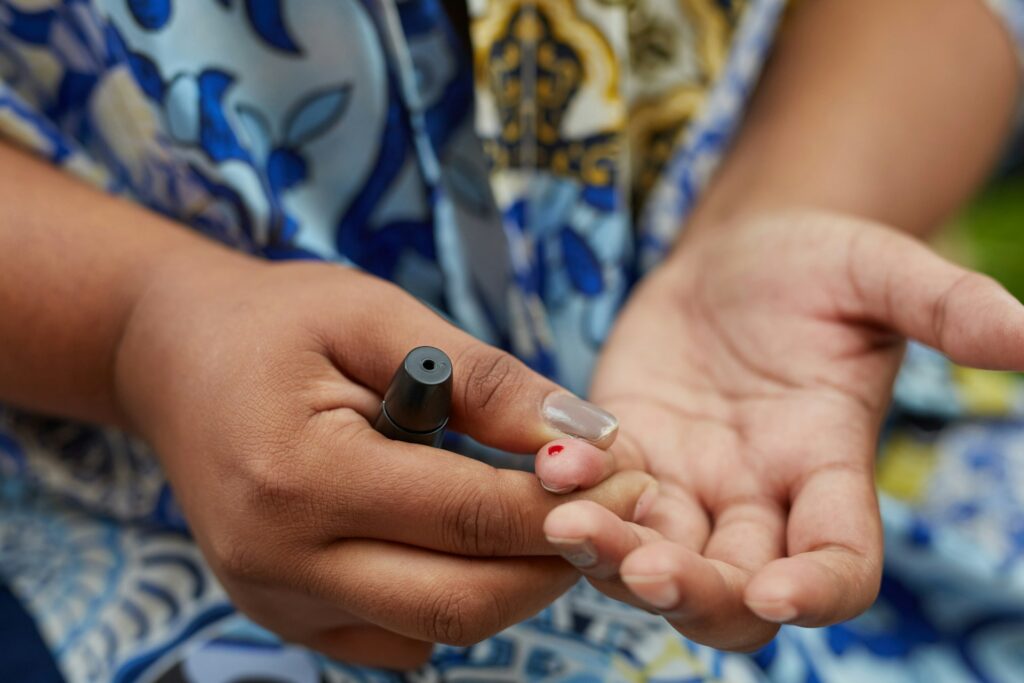5 Symptoms Of Prediabetes In Females
Prediabetes is a condition characterized by elevated blood sugar levels that are higher than normal but not yet at the threshold for a diabetes diagnosis. While it affects both genders, females need to be particularly vigilant due to their unique hormonal and physiological factors. Recognizing the symptoms of prediabetes is essential for early intervention and lifestyle changes that can prevent the progression to full-blown diabetes. In this article, we will explore five common symptoms of prediabetes in females that we should watch out for, emphasizing the importance of proactive healthcare.
Unexplained Fatigue
Experiencing persistent fatigue is one of the subtle indicators of prediabetes in females. Fluctuating blood sugar levels can lead to a lack of energy as the body struggles to utilize glucose effectively. Women with prediabetes might find themselves feeling tired even after a full night’s sleep. Ignoring this symptom could lead to more serious fatigue-related issues in the long run.
Increased Thirst and Urination
Frequent thirst and urination are classic signs of prediabetes. When blood sugar levels are high, the kidneys work overtime to filter excess glucose, leading to increased urine production. This, in turn, can cause dehydration, triggering an increased sensation of thirst. If you notice that you’re constantly reaching for water and making more trips to the restroom than usual, it’s time to consider the possibility of prediabetes.
Persistent Weight Fluctuations
Fluctuating weight, particularly unexplained weight gain, can be an early symptom of prediabetes in females. Insulin resistance, a key factor in prediabetes, can hinder the body’s ability to properly regulate weight. Women might notice that they’re gaining weight despite maintaining their usual diet and exercise routine. Addressing these weight changes promptly can contribute to better management of blood sugar levels.
Darkened Skin Patches
A lesser-known symptom of prediabetes is a condition called acanthosis nigricans. This presents as dark, thickened patches of skin, often around the neck, armpits, or groin. These patches result from insulin resistance and can serve as a visual cue for an underlying prediabetic condition. Recognizing these skin changes early can prompt individuals to seek medical advice and take preventive measures.
Increased Hunger and Cravings
Unexplained hunger and persistent food cravings can also signal prediabetes in females. When cells become resistant to insulin, glucose is unable to enter cells efficiently for energy. This can lead to a sense of hunger, even shortly after eating a meal. Additionally, the body’s inability to utilize glucose might trigger sugar and carbohydrate cravings, further exacerbating the condition.
Early detection and proactive management are key to preventing prediabetes from progressing into full-fledged diabetes. If you or someone you know is experiencing unexplained fatigue, increased thirst and urination, persistent weight fluctuations, darkened skin patches, or heightened hunger and cravings, it’s essential to consult a healthcare professional. Lifestyle changes such as adopting a balanced diet, staying physically active, managing stress, and getting regular check-ups can significantly reduce the risk of prediabetes progressing to diabetes.
Being attentive to your body and recognizing the symptoms of prediabetes is crucial, especially for females who may face unique challenges related to hormonal fluctuations. Unexplained fatigue, increased thirst and urination, persistent weight fluctuations, darkened skin patches, and heightened hunger and cravings are all signs that should not be ignored. By taking action early, making necessary lifestyle changes, and seeking professional guidance, you can significantly reduce the risk of prediabetes progressing to diabetes. Prioritize your health and well-being – it’s a choice that will pay dividends in the long run.
Blurred vision
Blurred vision for a short time during the day is another common symptom of prediabetes in females. This usually happens early in the morning and goes away during the day as blood sugar levels return to normal. Sometimes, it may also happen after a meal that is high in carbohydrates. This is because high blood sugar levels cause swelling in the tissues of the eyes. Although, this blurred vision does not last for a long time. It may persist if blood sugar levels remain increased. This can lead to further damage to parts of the eyes like the lens and retina. This may eventually lead to loss of vision.
This is why it is very important to prevent both pre-diabetes and type 2 diabetes. Sign up today to find out your risk for developing type 2 diabetes and work with us to prevent it.



